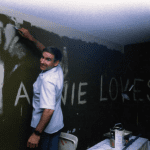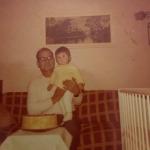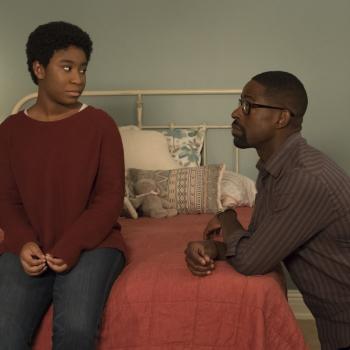I took this weekend away from the computer to breathe a bit, enjoy the nice weather and my family, and think about what I want my Four Weeks of Fine Men series to accomplish.
It was an easy decision to start my series with my Opa Wynands and Opa Feddema, but maybe it was too easy. When we write of the dead, we have a certain freedom to fill in the blanks with our own projections, to embellish the good and leave the bad, whatever there might be, to the grave. It is easy to write hagiography, especially when the goal is to praise virtue.
I observed a while ago that the panegyrics to Mr. Rogers, always a figure of childhood nostalgia, have risen to a constant background hum these past few years, with tributes to everybody’s favourite neighbour becoming a perennial presence in my Facebook feed.
I don’t think it’s a coincidence that this has left Mr. Rogers playing peekaboo in my feed alongside updates on Bill Cosby’s or Harvey Weinstein’s legal woes, sordid details of new allegations against beloved celebrities, celebrated politicians, and revered institutions. The flood of #metoo stories and the rising tide of women declaring that #timesup on the denigration and degradation of women in both public and private spheres have dragged the deeps and brought a lot of what was hidden to light. And there, shedding his own light in contrast to the darkness is Fred Rogers–fifteen years in the grave and his legacy untarnished by any allegations that he was anything but what he seemed.
We love Fred Rogers because he can’t break our hearts.
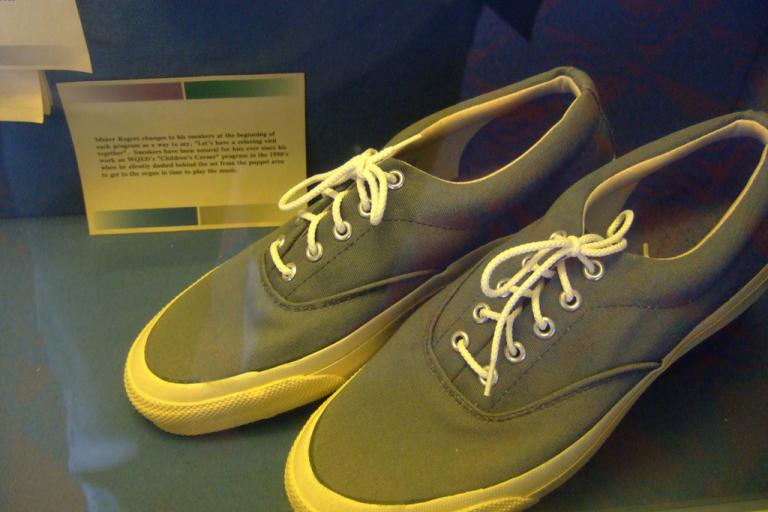
I’ve gotten a lot of positive feedback over the last week. People love the idea of highlighting #tonicmasculinity. I’ve already posted some of the stories I’ve been privileged to hear from readers who are eager to talk about the good men in their lives, especially women who want to share stories of their fathers and grandfathers.
It’s been harder getting feedback and stories about living men–especially from men.
Even the male readers who are at first enthusiastic and full of stories become reticent and cautious when I ask them for permission to write about their own journeys or their mentors.
I was puzzled when a friend agreed to think about writing about his father, but added the proviso, “If I do, though, it has to be anonymous.” When a FB acquaintance backtracked after writing effusively to me about his personal role model, I pressed for an explanation. Why this hesitation? Why the undercurrent of fear? Was it defensiveness? False humility? Shyness?
“What changed between last night and this morning?” I asked.
“I read the news this morning,” he answered. “I know that even if I’ve never done the things they did, there’s not that much difference between me and Weinstein or Morgan Freeman. Whose to say I wouldn’t have been as bad if I’d had their influence and power and access? And I have my own past, stuff I’ve said and done that wasn’t respectful or came out of toxic attitudes.
“I feel like it would be presumptuous of me to talk about “tonic” masculinity. None of us are saints. How can I judge to say which man is worthy of emulation?”
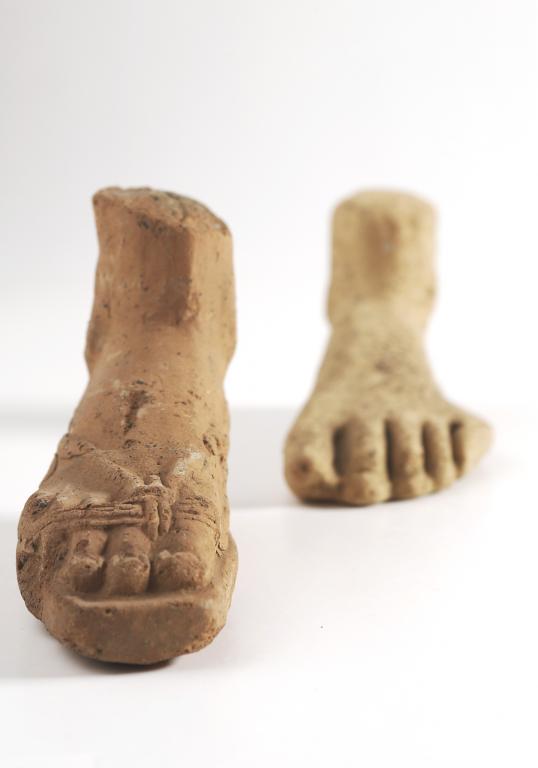
What if our heroes have clay feet?
I’m not giving up on Four Weeks of Fine Men. I believe more than ever that we need tonic examples to heal and counterbalance toxic attitudes. I believe we all, men and women, need models to aspire to.
But I don’t want to set plaster-or clay-saints up on a pedestal where they will be easy to knock down. I’ve tried to highlight a virtue or action in each story in this series, something that we can point to and say, see, this we can aspire to, this is achievable. I want to tell stories, not of icons who were above the attitudes and ideas of their time or saints who never faltered from perfect charity towards others, but of real men who have done real, tangible things we can learn from and be inspired by.
Maybe what we can see isn’t all there is. Isn’t that always true? “Call no man good, save God.” We know–all too well–the evil that lurks in the heart of man.
It’s the evil that lurks in all of us. But is that all we are? Does the presence of sin in my life or your life make the good we do meaningless or untrustworthy?
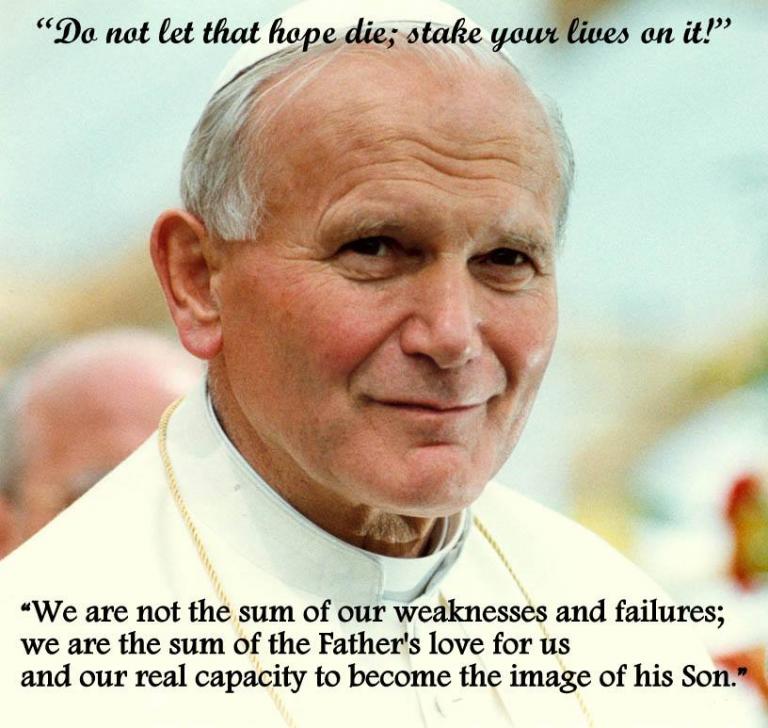
We are all handed a mixed inheritance. We will all leave a mixed legacy. What more can we do but build on the good we have received to the best of our abilities?
Evil is real, but so is good. Maybe you are discovering you haven’t always discerned very well. Maybe you accepted good intentions or the right words as a substitute for good action. We sometimes like people because of how they make us feel or what they give us, and then feel complicit when we discover the cost of our reluctance to look that gift horse in the mouth.
Learn from it.
Become cautious. Test what you hear. Watch to see how someone behaves with the powerless and the vulnerable. Look for markers like humility, gentleness, accountability.
Let’s not be paralyzed by the ubiquity of sin. Beyond all those false mirrors and their glamour, there are still sources of light–quiet, small, and scattered, but found in even the darkest places.
The light shines, and the darkness cannot overcome it.
With this blog series, I want to find those candles and lift them to light a path forward.
I hope you will join me.

